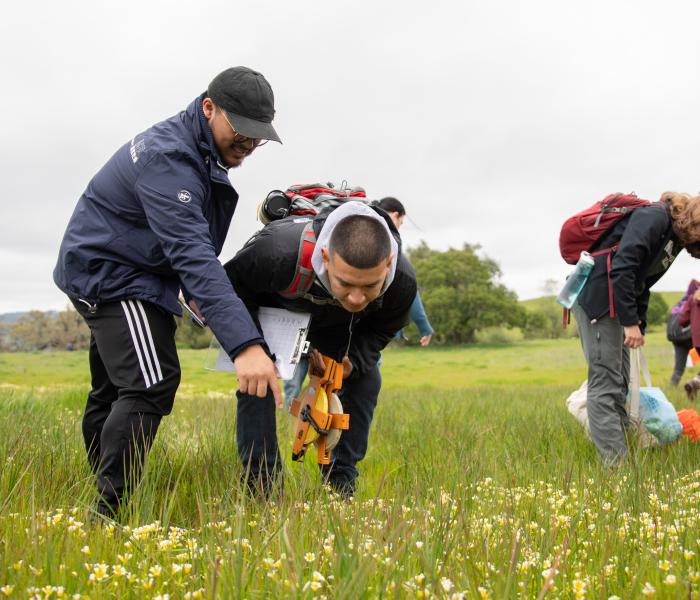Plan a Project
What’s a project?
Sonoma State supports activities that address real-world fire issues and involve any combination of faculty, students and community members. Whoever you are, you can get support to launch a collaborative project.
Want help getting started?
- Center for Community Engagement – CCE can connect you with a project partner and provide training and information about how to launch a successful project. Contact: ([email protected])
- Center for Environmental Inquiry – CEI can work with you in more depth on sustainability-related projects, providing fire and technological expertise, coordinating projects across disciplines and across years, and assisting with logistics and funding. Contact: ([email protected]).
- Join Us Making Progress – the student-run JUMP program can help recruit student volunteers for a half-day event working on your project.
Want more ideas?
-
Find a Faculty Partner: Faculty with fire-related interests or projects are listed here (link to experts webpage). SSU faculty expertise can bring the latest thinking in a diversity of disciplines to address local fire challenges. At the same time, they can bring local projects into the classroom of develop student internships and research projects.
-
Find a Community Partner: Contact CCE or CEI to find out about fire-related issues in the region. Sonoma County is nationally recognized for innovative leadership in addressing environmental and social challenges.
-
Find An Intern: To find student interns, work with CCE or CEI to advertise via a flyer or email. Many students are required to spend time working with off-campus organizations. Paid internships are much more likely to attract students.
-
Find Student Volunteers: To seek help recruiting students for a volunteer event, contact JUMP.
-
Students Seeking Projects: Wondering how to create
your own study or get extra credit for working on fire projects? Talk to your instructor or faculty advisor to see if credit is available
When’s the best time to plan a project?
The start of the fall and spring semesters – usually late August and late January – are the windows of opportunity for engaging faculty and students. Summer projects need to be set up by early May before faculty and students leave campus.


